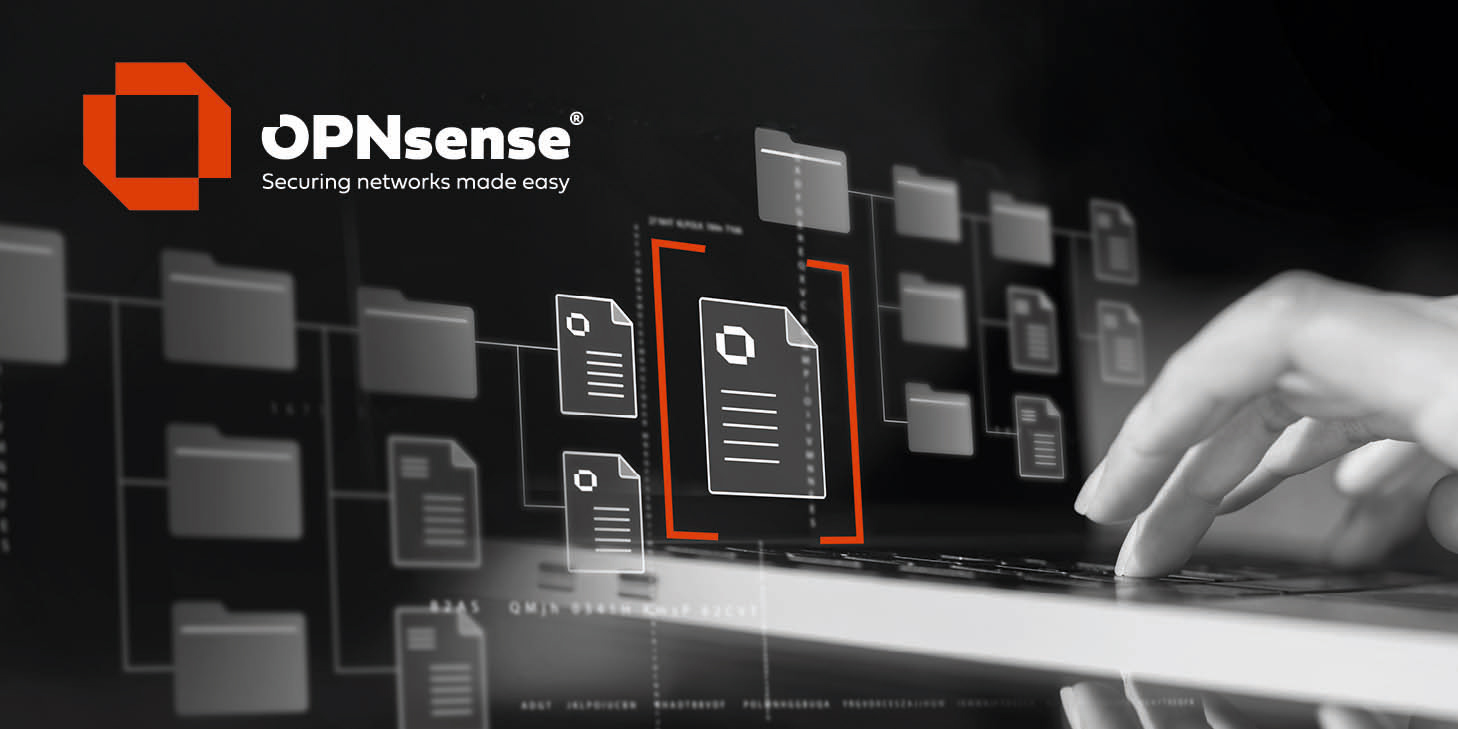Hallo liebes Forum,
falls jemand eine Anleitung sucht zur Konfiguration von OPNsense zur Nutzung des TI Gateways so möchte ich hier einen Link zur Verfügung stellen, falls noch nicht gefunden:
https://forum.tomedo.de/index.php/109174/anleitung-ipsec-vpn-tunnel-an-opnsense-fur-ti-gateway-edit-infos-fur-homeoffice-uber-vpn?show=110744#a110744
Die Anleitung stammt nicht von mir, sondern von Herrn Mai, bei dem ich mich auch hier nochmals bedanken möchte.
Für Anregungen zur Verbesserung und Lösung mancher Problemstellungen würde ich mich freuen.
B. Unkel
falls jemand eine Anleitung sucht zur Konfiguration von OPNsense zur Nutzung des TI Gateways so möchte ich hier einen Link zur Verfügung stellen, falls noch nicht gefunden:
https://forum.tomedo.de/index.php/109174/anleitung-ipsec-vpn-tunnel-an-opnsense-fur-ti-gateway-edit-infos-fur-homeoffice-uber-vpn?show=110744#a110744
Die Anleitung stammt nicht von mir, sondern von Herrn Mai, bei dem ich mich auch hier nochmals bedanken möchte.
Für Anregungen zur Verbesserung und Lösung mancher Problemstellungen würde ich mich freuen.
B. Unkel

 "
"
